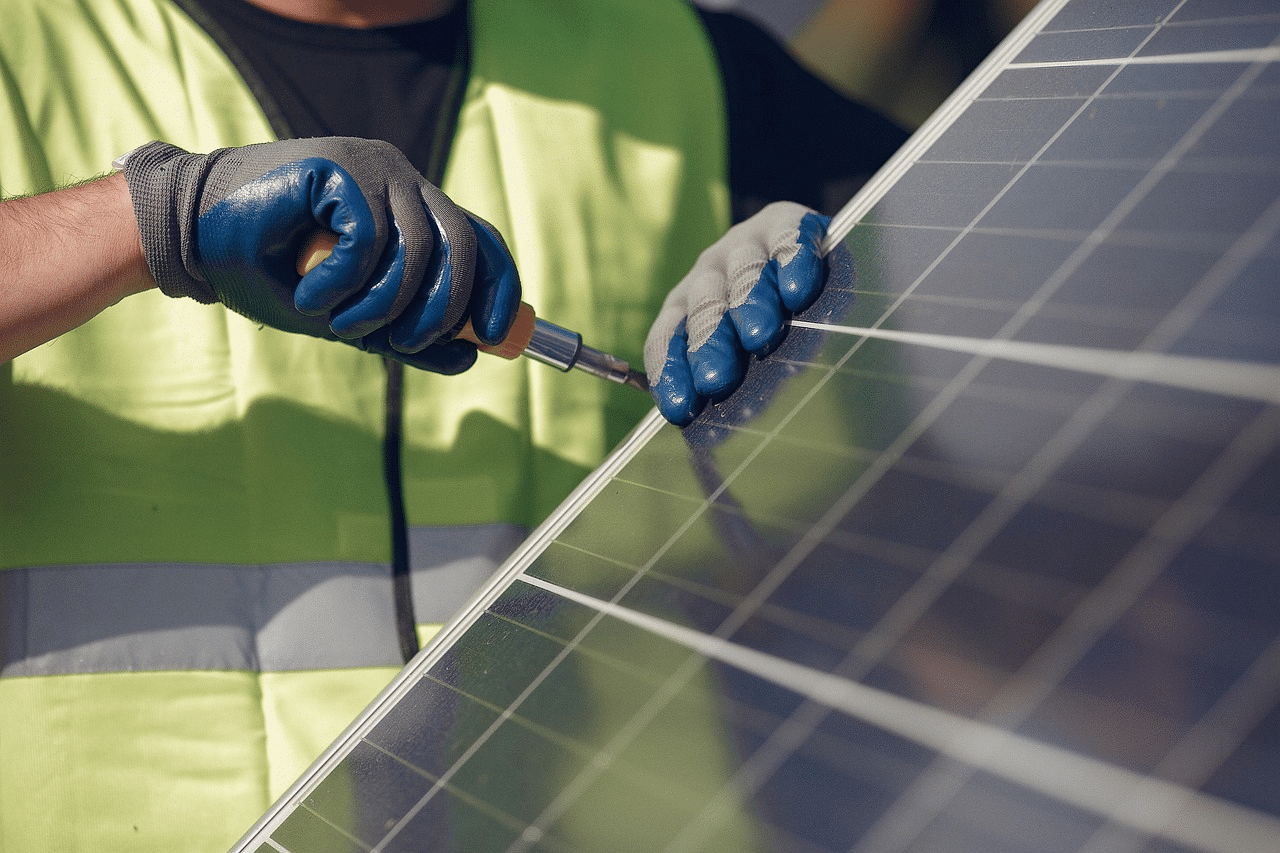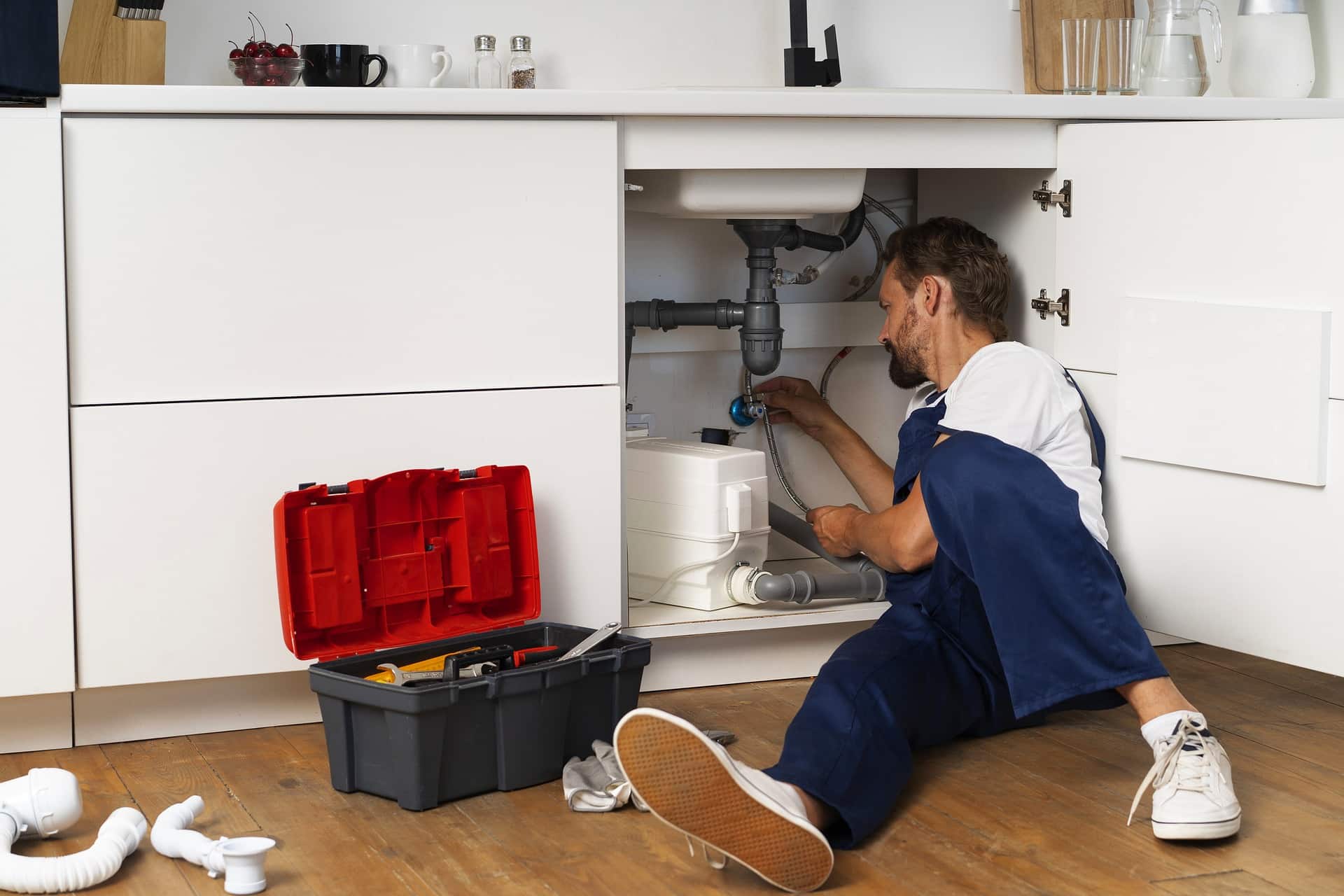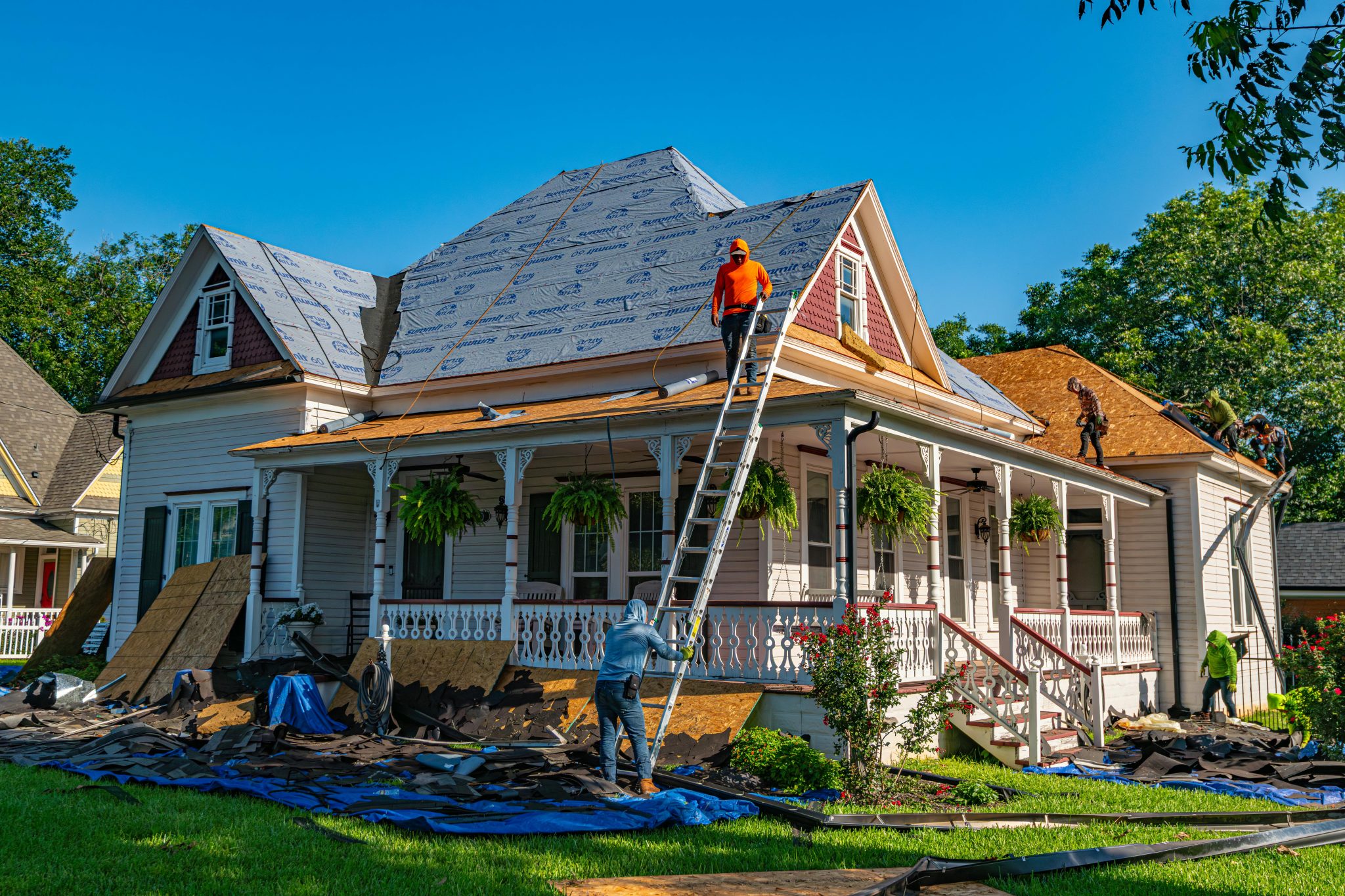How to Renovate Your Home for Maximum Energy Efficiency in 2024
Want to cut down on utility bills and reduce your carbon footprint in 2024? Renovating your home for energy efficiency can make a big difference.
From integrating advanced insulation materials to utilizing smart thermostats, we’ve got practical tips that turn energy efficiency dreams into reality.
Optimize Insulation: From Basics to Advanced Materials
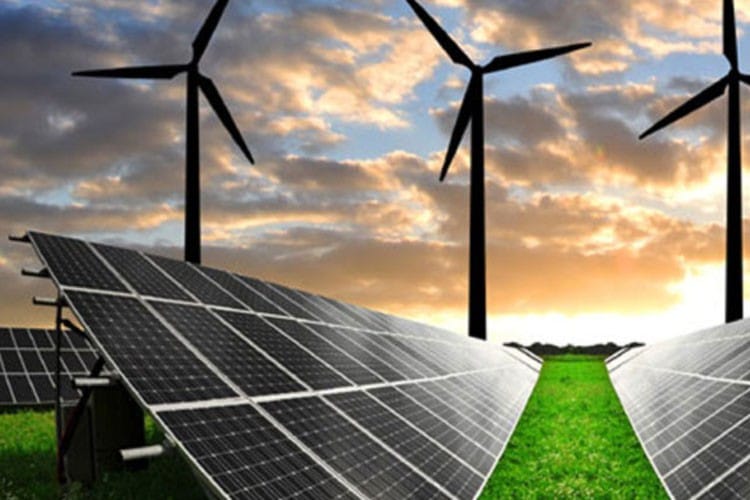
You want your home to be a cozy fortress against extreme temperatures, right? Well, first, focus on insulating walls and attics using materials like fiberglass or foam board. Basic upgrades often include sealing gaps around windows and doors with weather stripping. But you can step it up by exploring advanced options like spray foam insulation, which fills every nook and cranny for superior energy savings.
Even under-the-radar choices like cellulose insulation made from recycled paper can make a huge difference in keeping your house comfortable while slashing utility bills.
Investing in top-notch insulation transforms energy efficiency from wishful thinking into everyday reality.
Harness Solar Power: More Than Just Panels
Solar power isn’t just about plastering panels on your roof. Think broader.
Start with photovoltaic (PV) panels to generate electricity directly from sunlight. Next, integrate solar thermal systems to heat water more efficiently than traditional methods. Pair these with solar batteries that store excess energy for use when the sun isn’t shining, ensuring you maximize your investment.
Even small-scale additions like solar-powered outdoor lights and chargers can cut down on grid dependency and save money.
Solar solutions today are diverse and versatile, transforming every ray into potential savings while boosting your home’s eco-credibility.
Integrate Smart Thermostats and HVAC Systems for Smarter Energy Use
Modernizing your heating and cooling starts with smart thermostats. Devices like the Nest Learning Thermostat adapt to your schedule, optimizing temperatures based on when you’re home or away.
Pairing a smart thermostat with an efficient HVAC system amplifies benefits. High-efficiency units use less energy, reducing your bills while maintaining comfort. Some systems even let you control zones separately, so you only heat or cool rooms in use.
For added efficiency, connect these devices to a home automation system. This allows seamless integration and remote control via smartphone apps, making energy management effortless from anywhere.
Combining intelligent controls with modern HVAC tech maximizes savings without sacrificing comfort.
But remember, unless you’re a general contractor with expert knowledge about installing things like HVAC systems (in which case, you could find the estimating and invoicing software Joist for general contractors very helpful), make sure you hire a professional to help you with this renovation project.
Upgrade to High-Efficiency Windows and Doors: Keeping Heat Where It Belongs
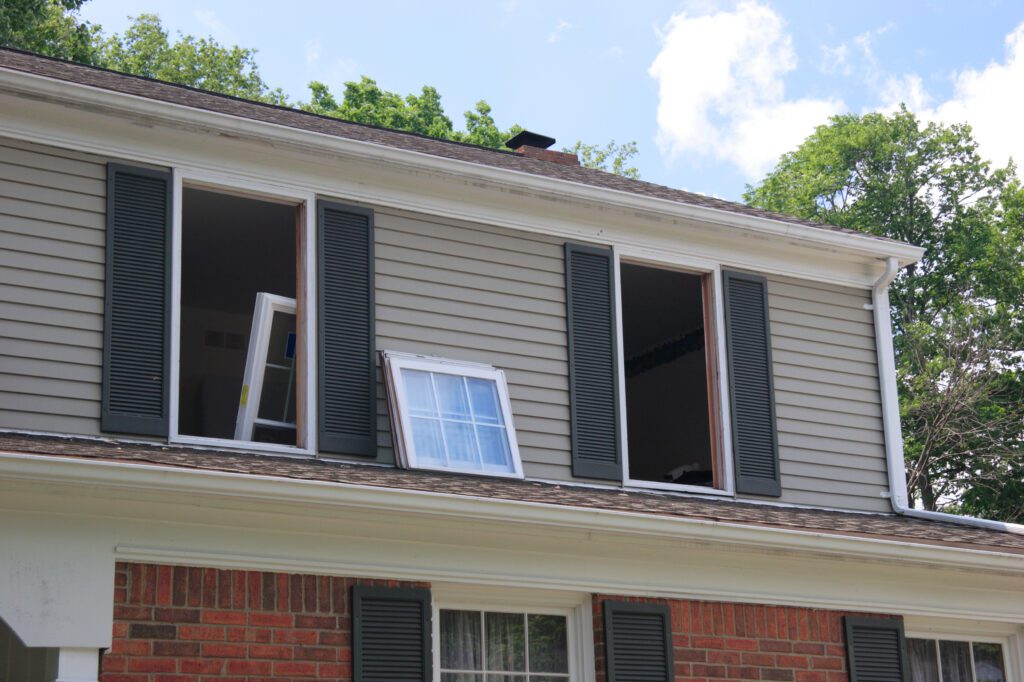
Upgrading to high-efficiency windows and doors is like giving your home a protective shield.
Start by replacing old, single-pane windows with double or triple-pane models featuring low-emissivity (Low-E) coatings. These specialized layers reflect heat, keeping your home cooler in summer and warmer in winter.
Don’t overlook doors; energy-efficient options often have improved insulation properties and better seals to prevent drafts. Fiberglass and steel doors with polyurethane foam cores offer top-tier performance.
Look into adding weather stripping around all openings for extra protection against leaks. Enhanced windows and doors are investments that cut down on energy loss, leading to lower bills while improving overall comfort.
Utilize Water Conservation Techniques that Cut Utility Costs
Saving water at home doesn’t have to be complicated. Start with low-flow faucets and showerheads, which can drastically reduce your usage without compromising on pressure.
Install dual-flush toilets, offering options for different flush volumes based on waste type, saving significant amounts of water over time.
Consider greywater systems to recycle water from sinks and showers for use in gardens or toilets. Smart irrigation controllers adjust watering schedules based on weather conditions, preventing unnecessary usage.
Even small steps like fixing leaks promptly and choosing drought-resistant plants can add up to noticeable savings on your utility bills. Efficient water use benefits both the environment and your wallet.
The Bottom Line
Renovating your home for maximum energy efficiency doesn’t have to be overwhelming. Each upgrade you make brings you one step closer to a more sustainable and cost-effective living space.
Here’s a quick recap:
- Optimizing Insulation. Enhance walls and attics with advanced materials like spray foam or cellulose.
- Harnessing Solar Power. Go beyond panels, integrating solar thermal systems and batteries.
- High-Efficiency Windows and Doors. Use double-pane windows and insulated doors for better temperature control.
- Integrating Smart Thermostats and HVAC Systems. Pair smart thermostats with efficient HVAC units for optimal climate management.
- Water Conservation Techniques. Employ low-flow fixtures, greywater systems, and smart irrigation.
Implementing these strategies transforms your home into an energy-efficient haven that’s kind to both the planet and your budget.

